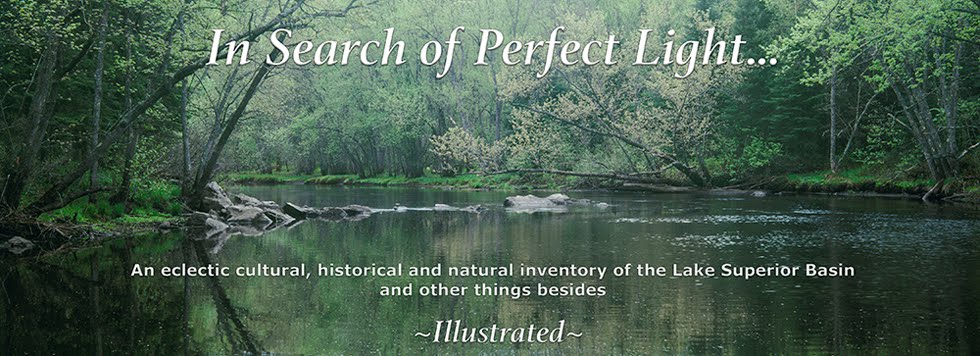Spring proved recalcitrant this year.
Resolutely wet & chill, patience led to opportunity just the same. So
though I'm late to this venue, it's been a particularly productive season.
With fresh consideration of my boyhood
prairies, it's occurred to me the mission's not so different than working Fayette or Old World Wisconsin, which essentially are heritage
architecture theme parks.
Pre-settlement (that's before white folk
and their applied industry), grassland stretched across roughly 1.4 million
square miles of North America. In some places grasses grew as high as ten feet,
from fifteen feet of particularly fecund topsoil. All manner of life thrived
there.
Widely considered wasteland fit only for heathen savages too ignorant to bend the land to their will, settlers called it The Great American Desert or The Inland Sea. They said sometimes even on a horse you couldn't see over the top of it, and so were lost. Then the plow broke the plains.
Today the
American grasslands are recognized as having been a manifest natural miracle of
ecological diversity, sprung from a riotous abundance of detritus. And such is
life.
Less than 2% of that complex magnificence remains. Of
my local tallgrass prairie featuring glacial moraines, oak savannas and shallow creeks
meandering through marshland, still less. Everything else long ago went over to farms,
towns, cities and the occasional gravel pit. If you think that sort of progress doesn't accrue debt to the land at a staggering rate, feel free to think again.
Anyway, tallgrass prairie remnants are
essentially bio-preservationist theme parks. These precious shards of what was exist
only because some small number of people decided they should, while an even
more select group of folk dedicate their lives to seeing that they do. That
others of us can visit, marvel and if so inclined learn from the land is but a happy bonus.
Yet unlike lifeless Fayette frozen in
time with its ghosts, or conglomerate Old World Wisconsin and its curated collection
of reassembled artifacts, even within such critically pinched boundaries,
prairies teem with life as intended.
Last year, I'd trouble seeing the prairie. It'd been a long
time since I'd considered the grasslands in anything other than the abstract. The tall grass can indeed dull and blind you, though no longer just as they said. But this second year afoot on the prairie, the scent and song of air over the grass again lends me the vision necessary to see. It's like being intimate with a one-time lover after decades apart. Inevitably, closely held secrets come to light.
Ordinarily, these next weeks on the
calendar are when I chase trillium and smallmouth in the Northwoods.
Spring's been no bargain there either. Given it's only ten days or so that the
place got beat down by an ice storm, a late June visit following a wet week on the
Kingston Plains looks better by the day. Even despite the likelihood of getting savaged by clouds of biting bugs and welcome to paradise, eh?
In the interim the prairie offered up marsh marigolds and trillium both, you just have to know where to look. Prior to the last few years I thought those the province of northern climes and have upon occasion in ignorance traveled
long distances to pursue their charms.
So while I'm currently chasing spring
largemouth on prairie lakes and not smallies in wilderness rivers, at least there's been a taste of what's sorely missed
and that's like a gift sent down my way, from Superior…














Beautiful photos. So interesting that ecosystems people think of as barren usually are anything but.
ReplyDeleteThank-you. Grasslands defy the sort of 'at a glance' assessment folk are prone to. It's like watching a Terrance Malick movie and thinking, "Okay, that's sure a lot of grass, but....
DeleteBeautiful work, my Friend.
ReplyDeleteThank-you. I loved these places as a boy. Turns out I love them still.
ReplyDelete